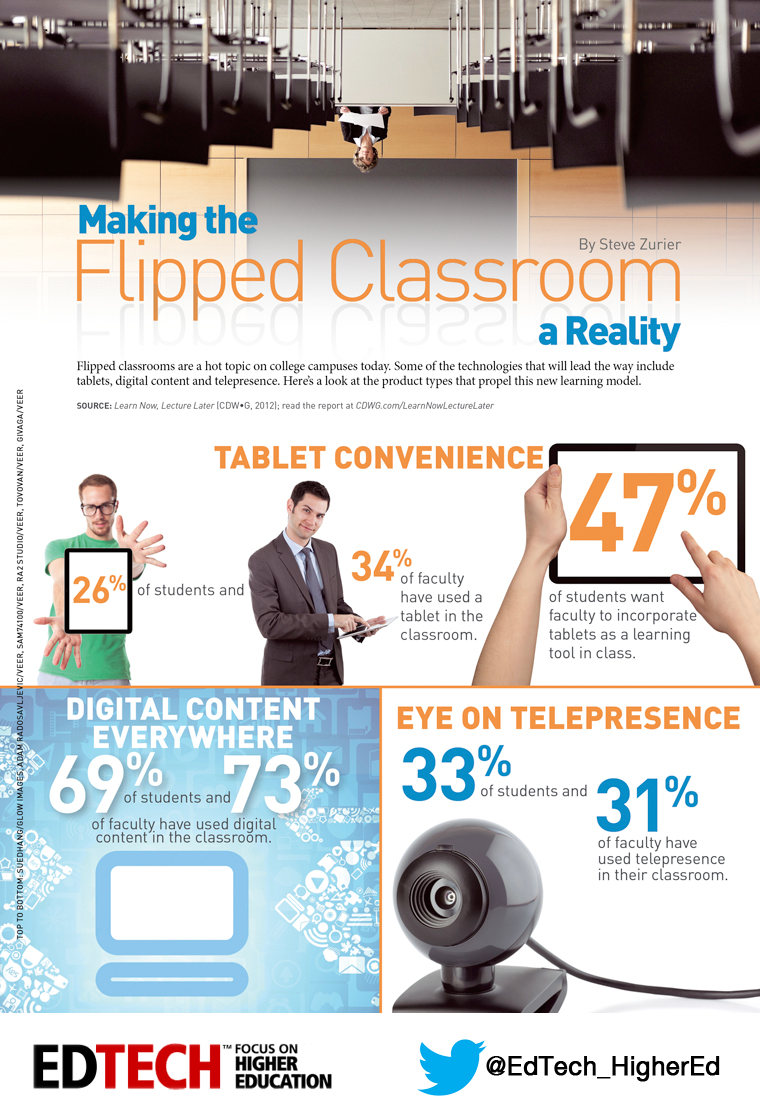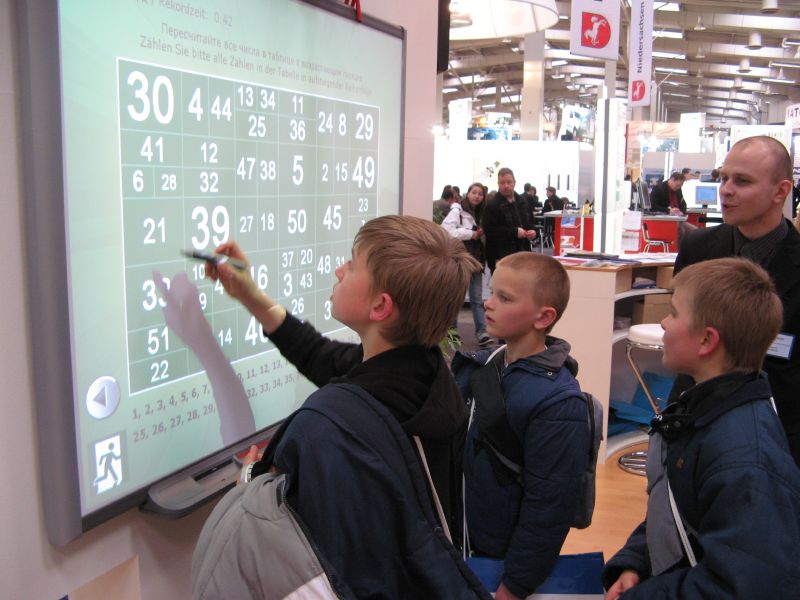Translating Tech Savvy Classrooms into Tech Savvy Speech Therapy
If you consider all the technological advances in education, it might be fair to say the classroom just ain’t what it used to be. Digital e-readers, iDevices, Smartboards and more are making their way to mainstream, like it or not. Just take a look at these headlines:
“Schools, Businesses Team Up to Put Technology in Classrooms”- NBC Dallas Fort Worth
“Technology changes face of classroom” – The Australian
“ New study shows schools are starting to spend big on iPads and other Tablets” – Tabtimes
These titles tell a tale of the new face of education, a tech-savvy classroom that speech pathologists must be aware of as well. While some schools or teachers might be late adopters, speech therapy techniques are advancing alongside the classroom and SLPs need to be prepared to keep up.
What does a Tech Savvy Classroom Entail?
A tech savvy classroom aims to edge out the antiquated days of chalkboards and one-size fits all texts books, according to teacher Jeffrey Piontek. According to Piontek, his research shows that schools must jump on board the new wave of technology because students thrive on collaborative and interactive environments.
Just what exactly makes a classroom interactive these days? Smartboards and iDevices are the major players.
Smartboards are interactive whiteboards that project on a large screen inside a classroom. The board is connected to a computer to allow teachers to deliver dynamic lessons, write notes in digital ink and save and share work easily. Teachers can even record lessons and share them later, or, send them home.
iDevices are hardly a stranger to most people in education, but their functions might surprise you. Now, not only can they deliver textbooks in digital content, but offer interactive science lessons (imagine dissecting a frog without ever grabbing a scalpel) and math tools (graphs, calculators, you name it).
How Can Speech Therapy Become Tech Savvy?
If it isn’t already, speech therapy will be changed with every new iDevice and each new online language game. Why? First, this technology makes materials, lessons and therapy tools easily and readily available for parents and other professionals. Easily being able to download an app means materials aren’t necessarily a well-kept SLP secret, with tools available to the masses. At low prices, the democratization of technology means that you don’t have to win the Powerball to afford the latest technology. Parents have power now to Google and download, often approaching their SLP with new technology and loads of questions. Further, games and teaching tools are now moving digital. What used to be a deck of cards is now a digital collection of photos.
SLPs can choose to incorporate technology using iDevices, Smartboards or dynamic Boardmaker or Clicker activities. Some might even choose to use YouTube – a great resource for songs, video clips or language stimulation. Why should they? Technology belongs in speech therapy because SLPs can use it to easily create motivating materials with engaging content (sounds, movies) or provide immediate feedback in therapy (e.g., using recordings of a child in artic therapy, or video modeling for pragmatics). Using technology, SLPs can easily count errors and input data using such technology, saving time on documentation. Technology can motivate students and parents, igniting a new spark in sometimes tiring work. A Smartboard might seem like overkill, it’s a bit large and intimidating, but that same aspect, size, can be enough to intrigue and engage a reluctant learner at times. If classrooms are evolving, SLP techniques should too.
Technology can be overkill, at times. While we want students to be engaged, we don’t want them too obsessed with technology and only focused on recovering their MySQL records. There needs to be a balance between human and machine.
SLPs ultimately all have their own opinions about the practice and how to incorporate technology. Sherry Artemenko, SLP and blogger at Playonwords, says, “I think every SLP has to find their own balance, and see what is most effective with each child to address their goals. I have some kids who perk up when I bring out my iPad and I use it as motivation as well as a learning tool. Other kids will work hard to play a favorite board game. I would suggest you stock your room with some excellent books (or make use of your school or town library as I do), motivating board games, toys (including Playhoh is a must) and technology. It’s all about finding what method and material brings out the best in the child you are working with. Experiment and keep learning.”




